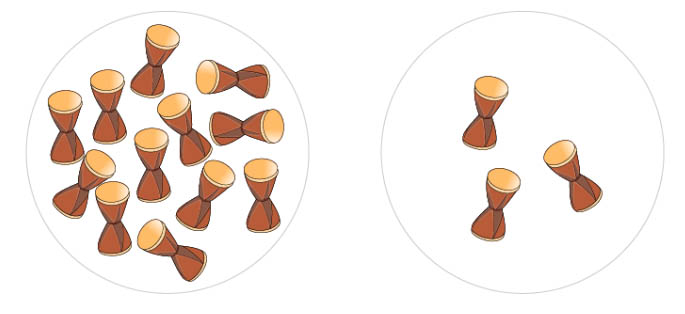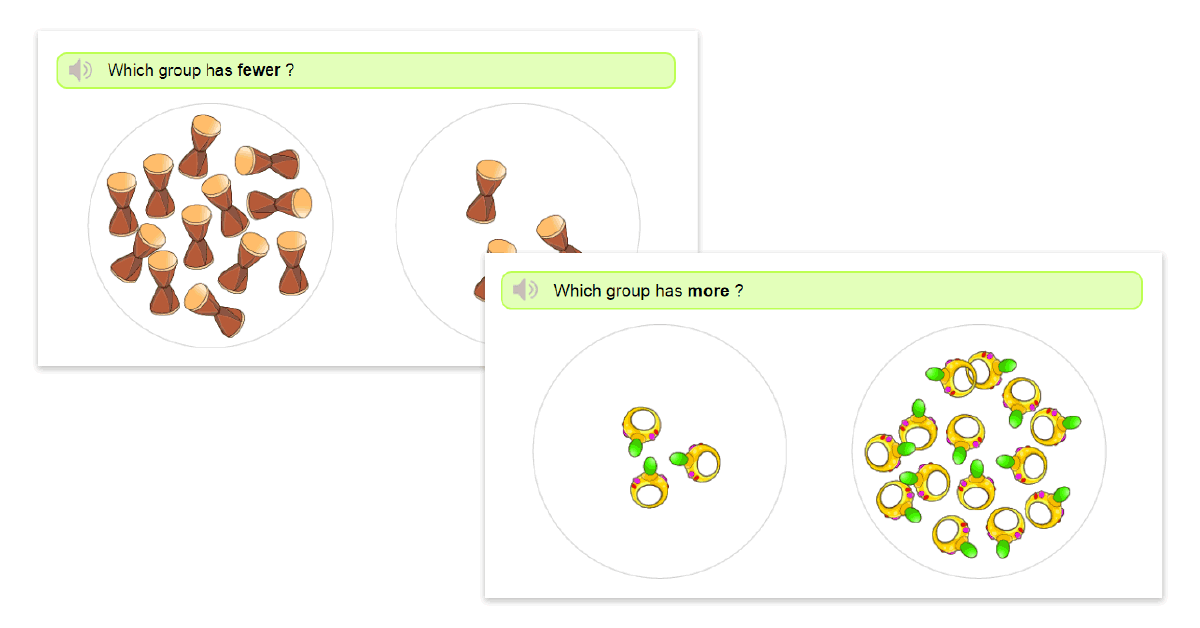Quantifying two groups of objects: Fewer and More
What is the difference between Fewer and More?
"Quantifying two groups of objects: fewer and more" is simply a challenging way to test kid's skills and ability, and for them to have an appropriate understanding of the concept of quantification. Having had an adequate analysis and plenty exercises on this concept, a kid at this point can be inquisitive to ask "what is the difference between fewer and more?"
The above question can be effectively answered if kids engage themselves fully in this our exciting Pre-k math online. Nonetheless, the only secret here is for kids to either read the instruction, or listen keenly to the amazing audio, then either identify which set of objects is fewer or more.

-
IN THE SAME CATEGORY
- More
- Fewer and More
Which group has more? | Which group has fewer?
Ehm! Actually, as had been the case, there are just two groups of objects per exercise.
The only difference here is just that the exercises have been mixed up for you to determine which group has more as see in our first example. Moving on to the second example, you'll find which group has fewer?
Example 1 - Which group has more?

In this first example of which group has more, the two sets are two groups of drums.
From a one glance, the first set has a large number, while the second set has a smaller number of drums.
Therefore, the first group with a larger number of drums is that which has 'more'.
Example 2 - Which group has fewer?

Moving on to our second example of which group has fewer, we discover two groups of phones. The first group of phones has a large number of drums, while the second group has just a small number - 1 2 3 4 5 6 phones.
Yeah! Just 6 phones. Therefore the second group of phones is that which has 'fewer'.

